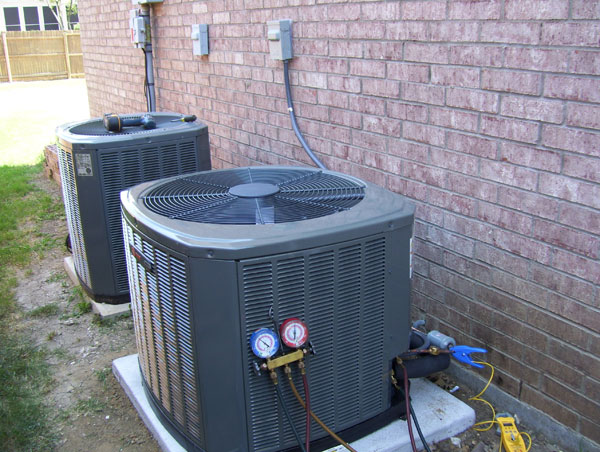Venting approved for new refrigerants, except R-32
March 2, 2015, WASHINGTON – As part of President Obama’s Climate Action Plan, the U.S. Environmental Protection Agency (EPA) is increasing the options for refrigerants used in various kinds of refrigeration and air conditioning equipment in the United States that offer better climate protection without harming the ozone layer. This final action addresses refrigerants under the Climate Action Plan that calls on EPA’s Significant New Alternatives Policy (SNAP) Program to identify and approve additional climate-friendly chemicals.

“Today’s rule is an example of how we can turn the challenge of climate change into an opportunity to innovate our way to a better future,” said EPA Administrator Gina McCarthy. “By working together, businesses and EPA are bringing new, climate-friendly refrigerants to market that better protect our health and the environment.”
Under the authority of the Clean Air Act, EPA’s SNAP Program evaluates substitute chemicals and technologies that are safe for the ozone layer. This final rule expands the list of SNAP-approved substitutes to include more low-global warming potential (GWP) alternatives that can replace both the ozone-depleting substances and high-GWP hydrofluorocarbons (HFCs). The approved substitutes have GWPs that range from 3 to 675 and can replace older compounds with GWPs between 1400 to 4000.
After receiving input from industry, environmental groups, and others, EPA is approving additional low-GWP hydrocarbon refrigerants, subject to use conditions, in the following refrigeration and air conditioning applications:
* Ethane in very low temperature refrigeration and in non-mechanical heat transfer;
* Isobutane in retail food refrigeration (stand-alone commercial refrigerators and freezers) and in vending machines;
* Propane in household refrigerators, freezers, or combination refrigerators and freezers, in vending machines, and in room air conditioning units;
* The hydrocarbon blend R-441A in retail food refrigeration (stand-alone commercial refrigerators and freezers), in vending machines and in room air conditioning units; and
* HFC-32 (difluoromethane) in room air conditioning units. HFC-32 has one-third the GWP of the conventional refrigerants currently being used in room air conditioning units.
These refrigerants are already in use in many of these applications in Europe and Asia.
In addition to adding these climate-friendly alternatives, EPA is also exempting all of these substances, except HFC-32, from the Clean Air Act venting prohibition, as current evidence suggests that their venting, release, or disposal does not pose a threat to the environment.
Learn more about EPA’s SNAP Program and this rule:http://www.epa.gov/ozone/snap/index.html
 The American HFC Coalition has filed suit against a group of Chinese HFC gas suppliers to the US. If the market reacts in a similar manner to the R134a anti-dumping lawsuit filed in 2014, The market price for R410A, and other refrigerant blends containing R125, will see short-term price increases and sales outages or limited product allocations that lead to pricing risk and inventory imbalances. It is unfortunate that this suit was filed during the height of the A/C season when market disruptions can harm the wholesale distributors and their service technician customers. Dynatemp will keep you informed as additional information becomes available.
The American HFC Coalition has filed suit against a group of Chinese HFC gas suppliers to the US. If the market reacts in a similar manner to the R134a anti-dumping lawsuit filed in 2014, The market price for R410A, and other refrigerant blends containing R125, will see short-term price increases and sales outages or limited product allocations that lead to pricing risk and inventory imbalances. It is unfortunate that this suit was filed during the height of the A/C season when market disruptions can harm the wholesale distributors and their service technician customers. Dynatemp will keep you informed as additional information becomes available.![]() Hydrofluorocarbon Blends from China Petition
Hydrofluorocarbon Blends from China Petition![]() List of Chinese Producers and Exporters
List of Chinese Producers and Exporters
 Here at Dynatemp International We fully support environmental stewardship by offering our DynaCycle program to encourage contractors to recover the gas rather than expelling it into the atmosphere… doing harm to our environment. We have added financial incentives for the participating contractors to encourage them to not only help the environment but also to help with the reclamation of a depleting supply of gases that are being quickly phased out.
Here at Dynatemp International We fully support environmental stewardship by offering our DynaCycle program to encourage contractors to recover the gas rather than expelling it into the atmosphere… doing harm to our environment. We have added financial incentives for the participating contractors to encourage them to not only help the environment but also to help with the reclamation of a depleting supply of gases that are being quickly phased out.
